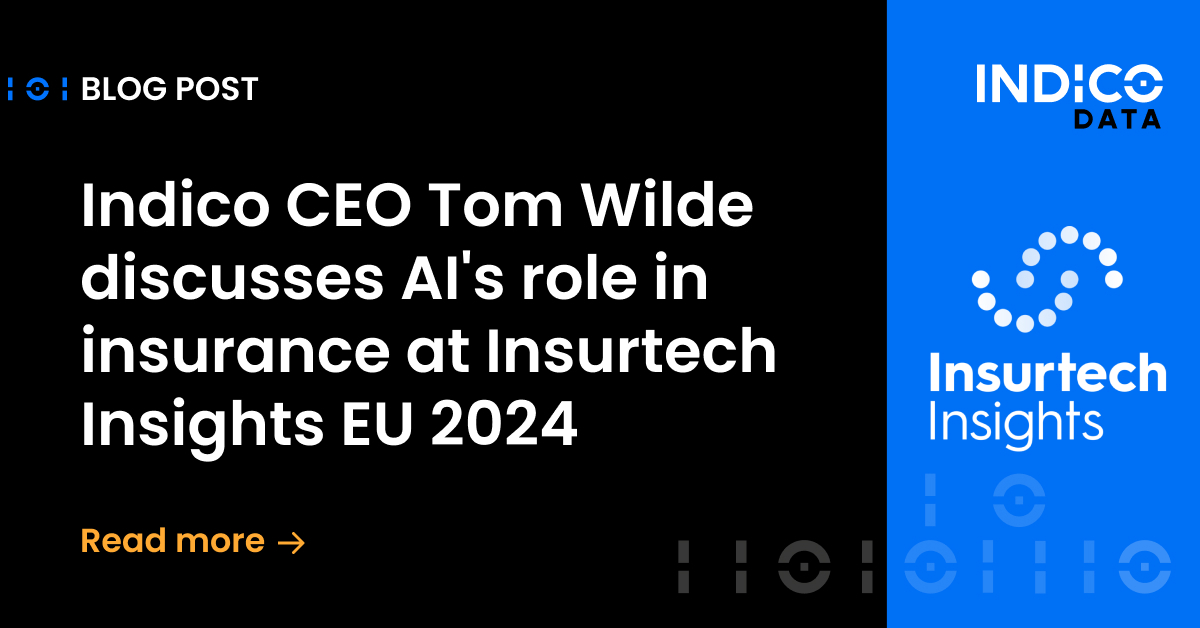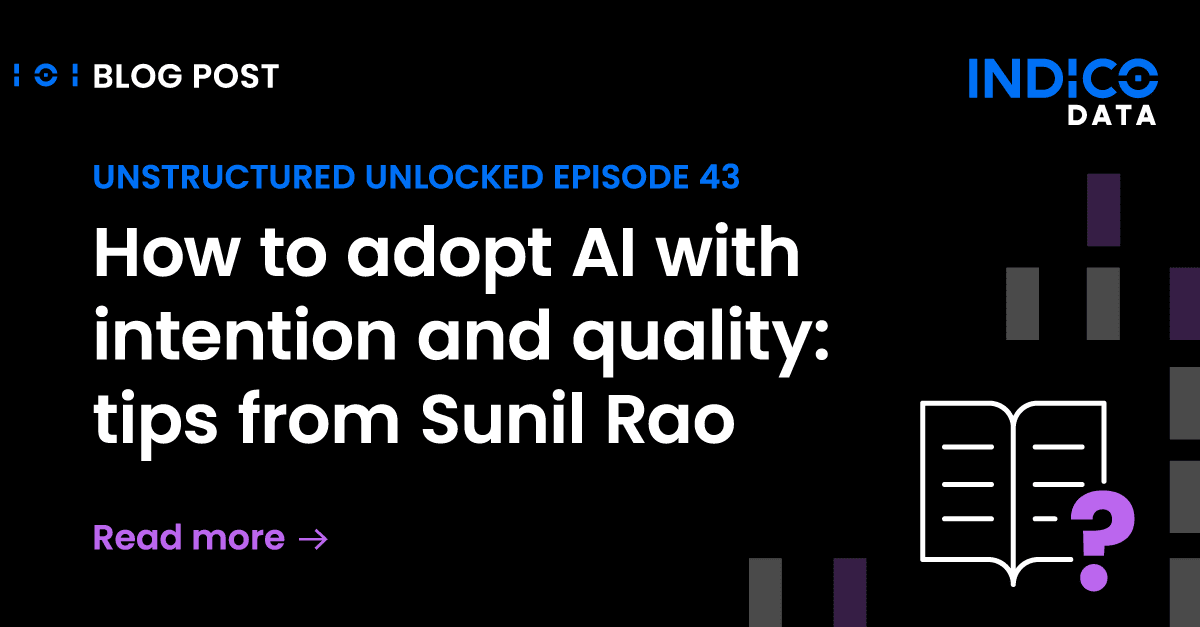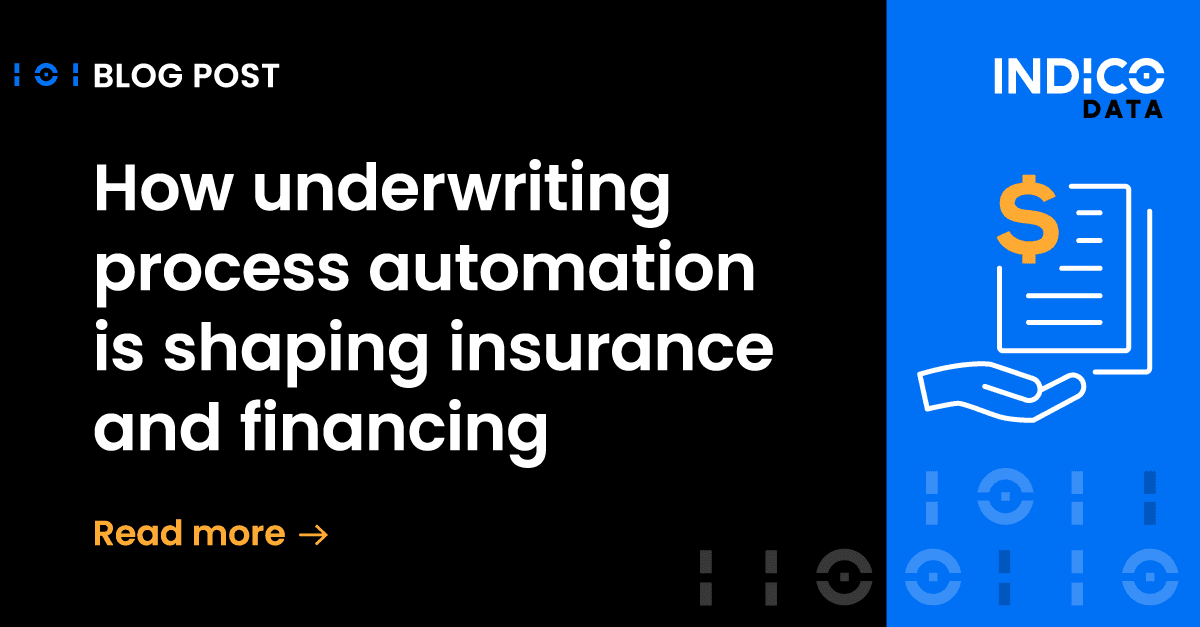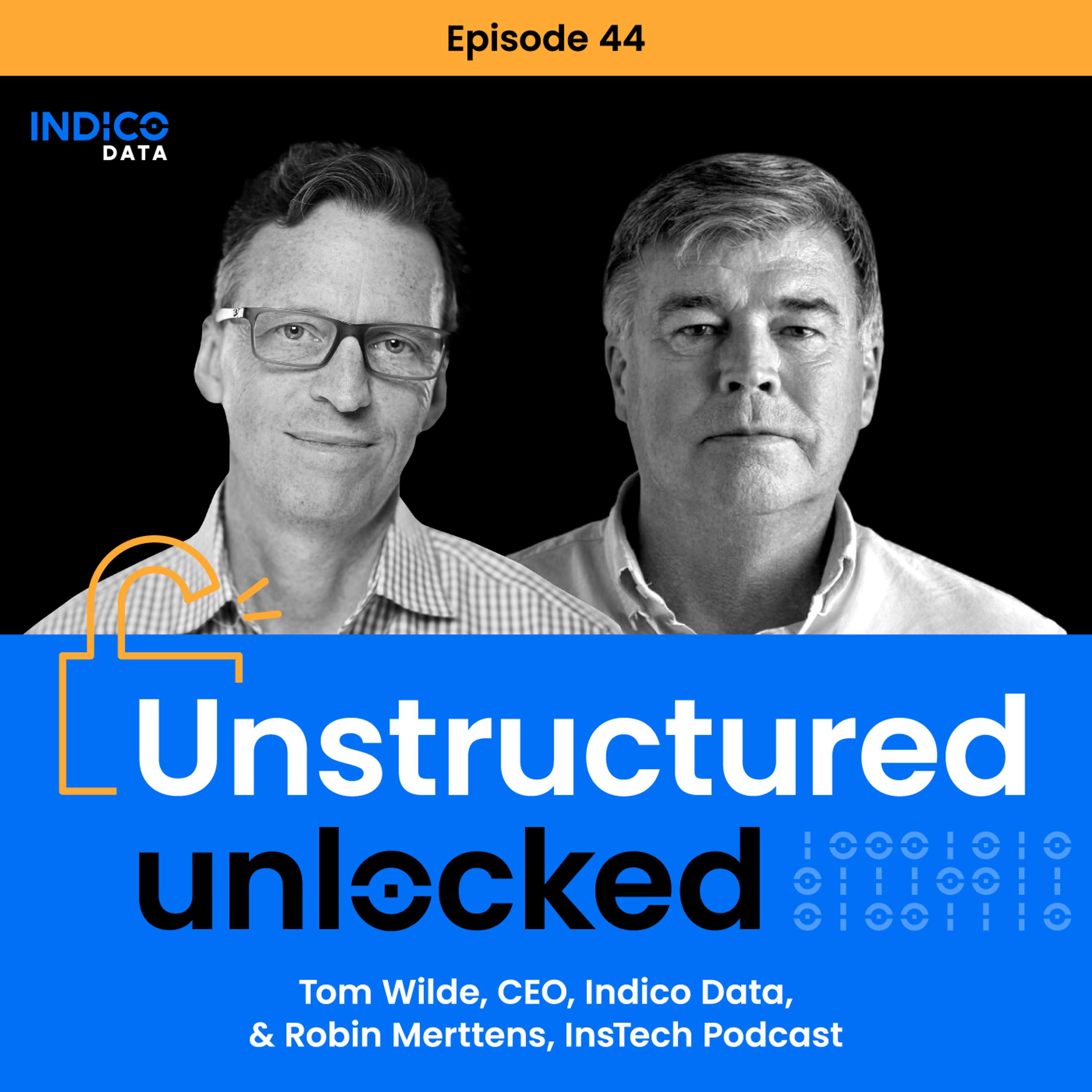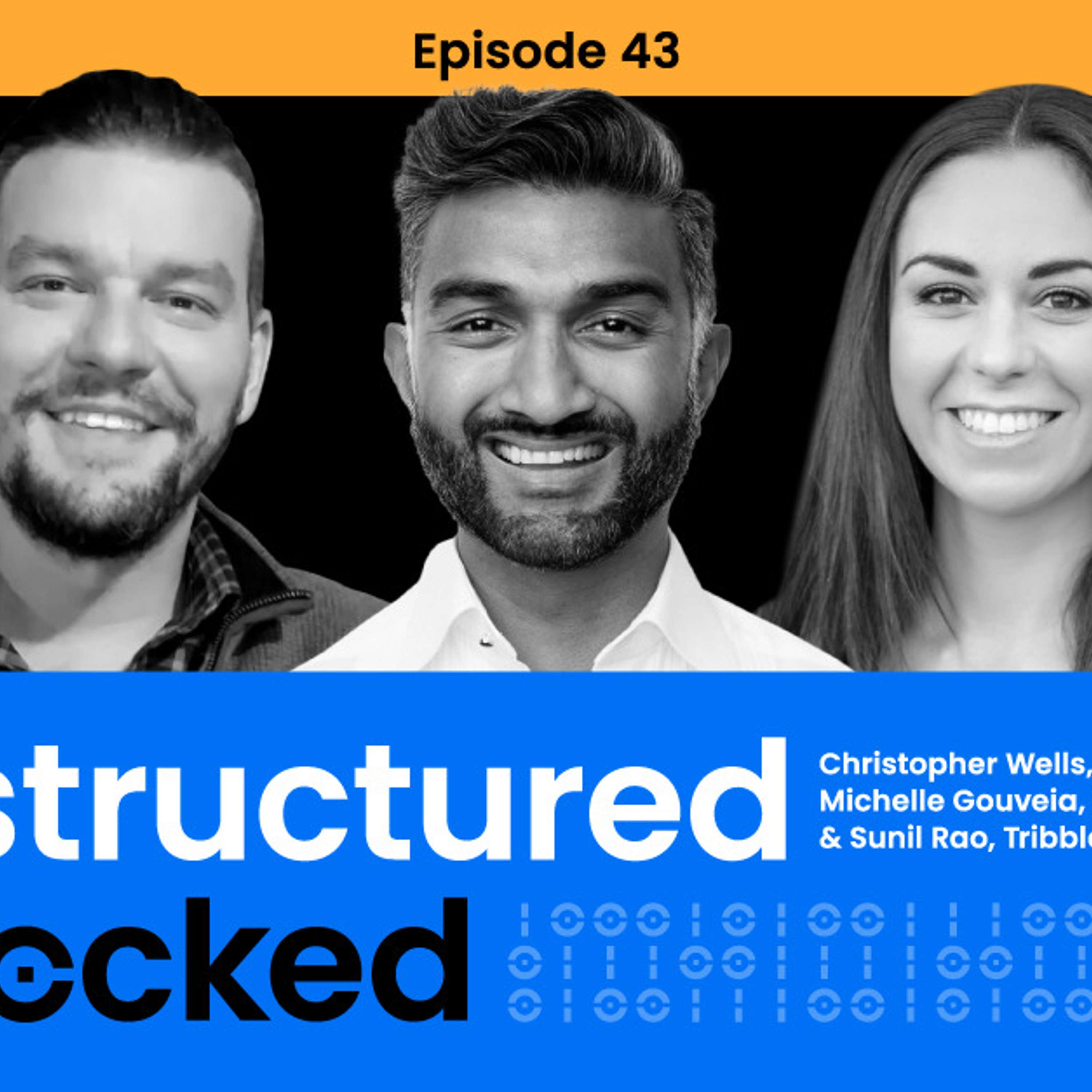Like most any company in the artificial intelligence space, a question we often deal with from potential customers looking at process automation tools is, “Can’t I just build this myself?”
The answer is, sure, of course you can, if you’ve got enough data science expertise in-house. But the sticking point is whether it makes sense to commit the time and money to such a project if you can buy a solution that meets your needs. More often than not, it doesn’t.
The build vs. buy decision was one issue explored as part of a six-part series on AI that Forbes Insights and Intel partnered on last year. The basic conclusion of the build vs. buy story was, if you need AI to power your core business to ensure success, then building makes sense. Examples include Uber and autonomous vehicles.
The story quoted Thomas Malone, founding director of MIT’s Center for Collective Intelligence, who said: “It’s based on the same factors that apply to any build-or-buy decision. It comes down to how strategic and unique to your company are your applications of AI likely to be?”
Let’s face it, the kind of processes we’re talking about automating are not strategic. What they are is laborious and time-consuming. Think claims processing for insurance companies or processing paperwork for commercial mortgages. While these are certainly necessary functions, they’re not what drives profit and success in insurance or banking. On the other hand, automating claims or mortgage processing can reduce costs and improve productivity, so companies are rightly interested in doing so.
Related Article: How Intelligent Automation Solves the AI Data Problem
Factors in the build vs. buy decision
Which brings us back to the build vs. buy decision. When we get this question, we tend to advise prospects to consider three issues.
First is speed, or time to value. Potentially you’ve got data scientists in-house who do have the expertise required to build a tool that can automate business processes. Just be aware that it will likely take them years to build working, reliable models and get them into production. Then consider the savings you could have had in that time if you instead used an off-the-shelf tool that started delivering results in as little as two weeks.
Second is whether your team can build a tool that empowers line of business users to automate their own processes, turning them into so-called citizen data scientists. That’s the holy grail because nobody knows business processes better than the people who perform them every day. Don’t underestimate the difficulty involved in trying to get the business folks to translate their requirements to the data science team, enabling them to build a model that accurately reflects the process in question. It’s far better if you have a tool that’s simple enough for business people to use on their own, with no help from the data scientists or anyone in IT.
Finally, consider the quantity of data that’s going to be required to build an effective tool. Companies like Google can do it relatively easily because they have a mountain of data at their disposal. Others have to go get it, and that’s not an easy task.
At Indico, for example, we spent about 3 years just scraping websites, collecting and labeling data until we had enough to build our intelligent process automation tool. “Enough” turned out to be some 500 million labeled data points. That enables us to put most any document we encounter into context, including those containing unstructured content. In other words, our tool can understand a document, even one it’s never seen before, because it has that huge database of data points behind it – a database that took years to build. (There are also plenty of AI capabilities built in, including machine learning, transfer learning and natural language processing, but we put all that behind the curtain, so to speak.)
Related content: How Intelligent Automation Delivers Value Through Process Acceleration
Get more value faster
So, yes, a team with enough data science know-how could build an AI tool to automate your key business processes. The question is whether you want to wait years to start reaping the benefit, and whether you’ll be satisfied with the results.
If you’d rather get benefits today such as an 85% reduction in process cycle times and a 4x increase in process capacity, like many Indico customers have, just contact us.
